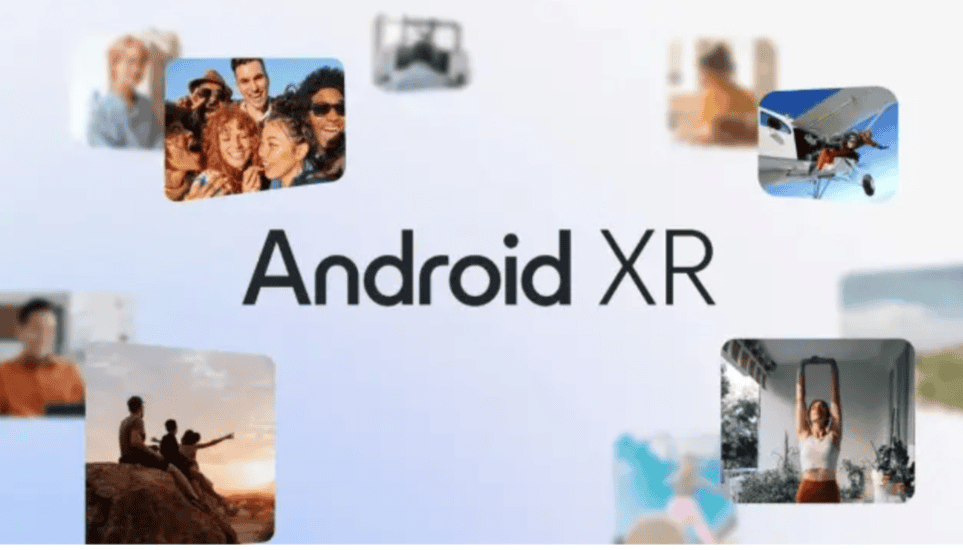

Google and Samsung are stepping up to challenge the Apple Vision Pro and Meta Quest 3 with their own mixed reality headset. This highly anticipated device will be powered by a brand new Android XR operating system, a significant step into a market previously dominated by Meta and recently shaken up by the Apple Vision Pro.
The headset is due to be released in 2025 and will be priced well below the Apple Vision Pro's high price of 3,499 US dollars. Meanwhile, the Meta Quest 3 remains an affordable solution with a price of 500 US dollars, and Meta has also released the Quest 3S for just 350 euros to appeal to even more users.
Android XR forms the software backbone for Google and Samsung's new headset. XR stands for Extended Reality, a collective term for:
The XR operating system was developed in collaboration with Google, Samsung and Qualcomm. It will also be available to other manufacturers in the long term.
The first device to support Android XR is the mixed reality headset from Google, Samsung and Qualcomm, codenamed Project Moohan. This headset combines technologies from different XR areas and is often described as a cross between the Meta Quest Pro and the Apple Vision Pro.
The outstanding features of Project Moohan include:
It is interesting to note that Project Moohan relies entirely on the integration of Gemini AI. The AI enables contextual interactions: For example, a restaurant map can be held in front of the lens and the AI calls up the 3D version of the location in Google Maps. Gemini also remembers past interactions from the last 10 minutes, which is particularly useful for live translations or real-time assistance.
The headset is expected to be released in 2025, and the first controllers are also set to be launched on the market in the same year. Samsung thus offers a strong alternative to Apple and Meta.
The competition is getting tougher: the Apple Vision Pro focuses on productivity and premium experiences, while the Meta Quest 3 and Quest 3S dominate the VR gaming segment.
It is interesting that Android is targeting almost the same use case as Apple with the new XR system. This is despite the fact that the Apple Vision Pro has not yet been as successful as the company had expected. This shows that the market for productivity-oriented XR applications is still waiting for broader acceptance despite high technical standards.
By integrating Gemini AI (Google's successor to Bard), the new headset offers advanced features such as:
The headset will offer features such as seamless mixed reality modes and immersive displays. The use of the Qualcomm Snapdragon XR2+ Gen2 guarantees high computing power for demanding XR applications.
With the Quest 3S at a price of 350 euros, Meta is targeting particularly price-conscious users, thereby securing a decisive advantage in the competition for the masses.
Google and Samsung have to convince with a clear price-performance ratio in order to gain market share against the established competition from Meta and Apple. Although Apple's exact sales figures for the Vison Pro are not known, it can be assumed that significantly fewer Apple VR headsets were sold than Apple expected due to the high sales price.
The headset is part of a broader strategy to combine artificial intelligence with extended reality. AI-supported functions such as live translations and intelligent object recognition demonstrate the potential of this technology. Ergonomics and miniaturization of the hardware still play a major role here.
Google and Samsung are challenging market leaders Apple and Meta with their XR headset. With Android XR, Gemini AI and powerful hardware, they are positioning themselves for the next generation of computing.

Are you interested in developing a virtual reality or 360° application? You may still have questions about budget and implementation. Feel free to contact me.
I am looking forward to you
Clarence Dadson CEO Design4real






